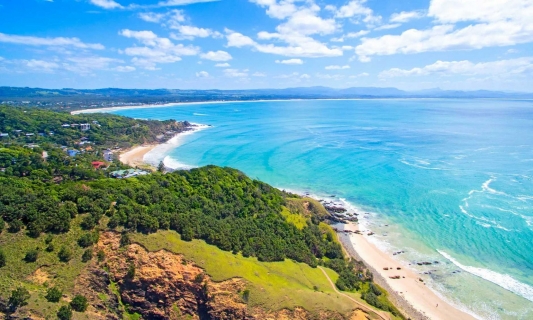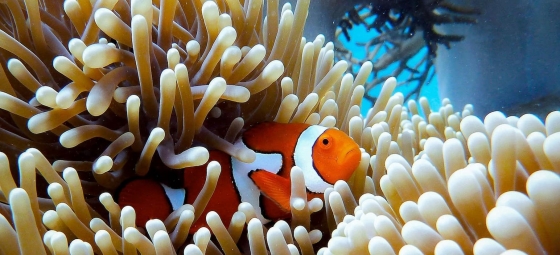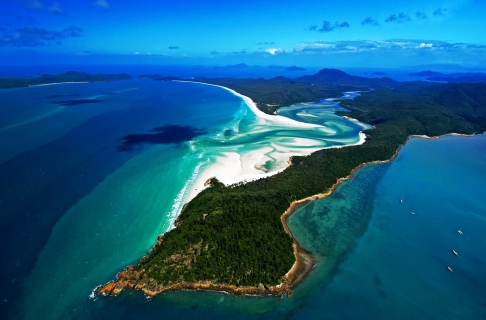The Entrance Weather and Climate: A Comprehensive Guide
Temperatures in The Entrance experience a moderate degree of variance through the seasons.
Days can be warm, while the cooler months tend
to be mild.
It also experiences much rainfall throughout the year.
Now, let’s break down all the climate details for a clearer picture.
Average maximum day and minimum night temperature
In The Entrance, seasonal changes bring about a moderate variation in temperatures. Average daytime temperatures reach a comfortable 26°C in January. In July, the coolest month of the year, temperatures drop to a moderate 18°C.
At night, you can expect cooler temperatures, with averages dropping to around 11°C during this month. Check out our detailed temperature page for more information.Temperature ranges by month
Precipitation and rainy days
The Entrance has a notably wet climate with abundant precipitation, recording 1004 mm of rainfall per year. The Entrance experiences moderate seasonal variation in rainfall, with monthly averages ranging from 120 mm in February, the wettest month, and 58 mm in August, the driest month.The mean monthly precipitation over the year, including rain, hail and snow
Average humidity
The relative humidity is moderate throughout the year in The Entrance.
The city experiences its highest humidity in January, reaching 61%. In August, the humidity drops to its lowest level at 49%. What does this mean? Read our detailed page on humidity levels for further details.
Relative humidity over the year
partly cloudy and thunder partly cloudy and chance of rain partly cloudy and no rainForecast for The Entrance
Select a Month of Interest
Check the conditions for any month of the year.
The best time of year to visit The Entrance in Australia
During the months of January, February, March, April, May, September, October, November and December you are most likely to experience good weather with pleasant average temperatures that fall between 20°C and 26°C.Other facts from our historical weather data:
The hottest season / summer takes place in January, February, March and December.
January has an average maximum temperature of 26°C and is the warmest month of the year.
The coldest month is July with an average maximum temperature of 18°C.
February tops the wettest month list with 120 mm of rainfall.
August is the driest month with 58 mm of precipitation.
No idea where to travel to this year? We have a tool that recommends destinations based on your ideal conditions. Find out where to go with our weather planner.




